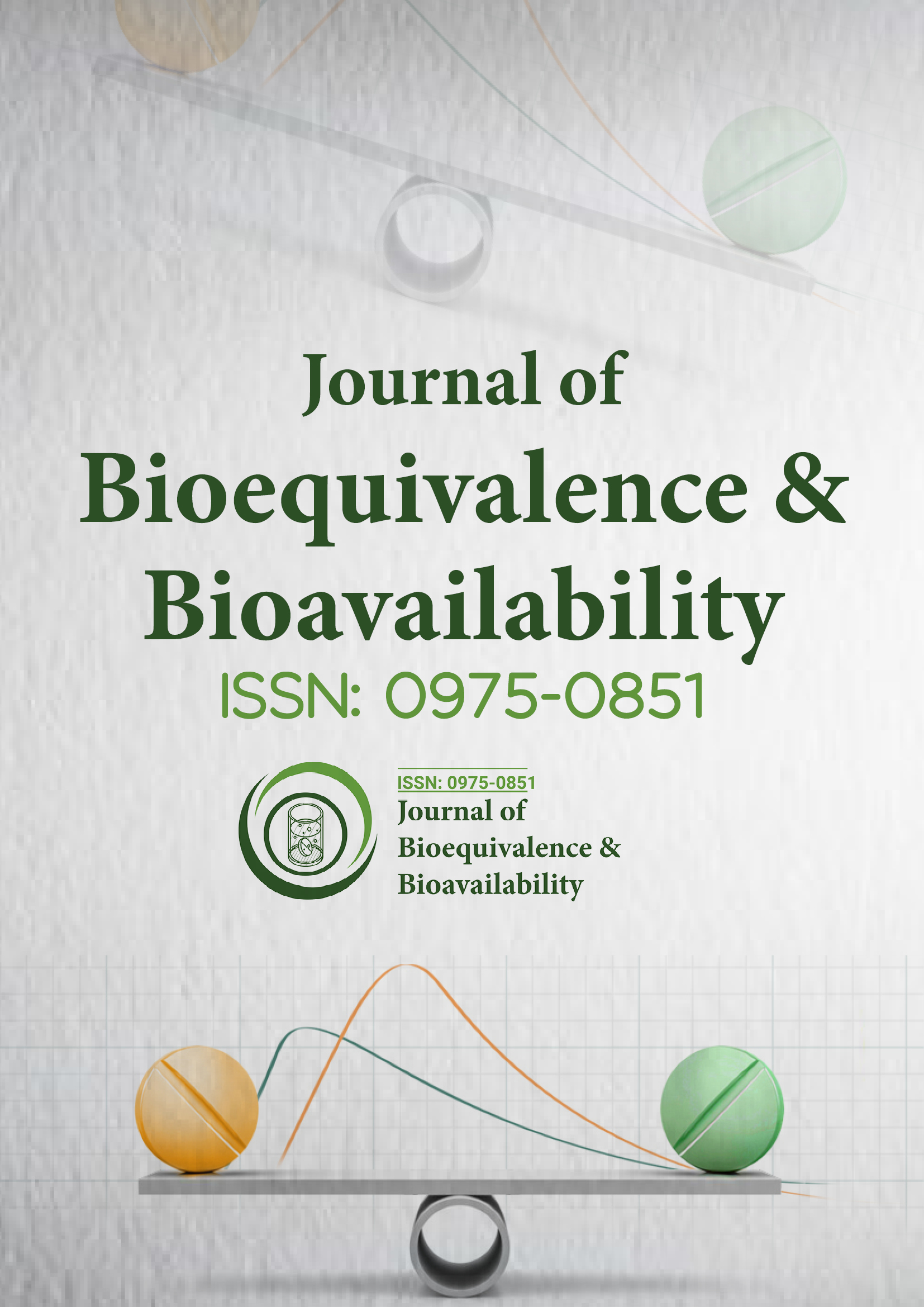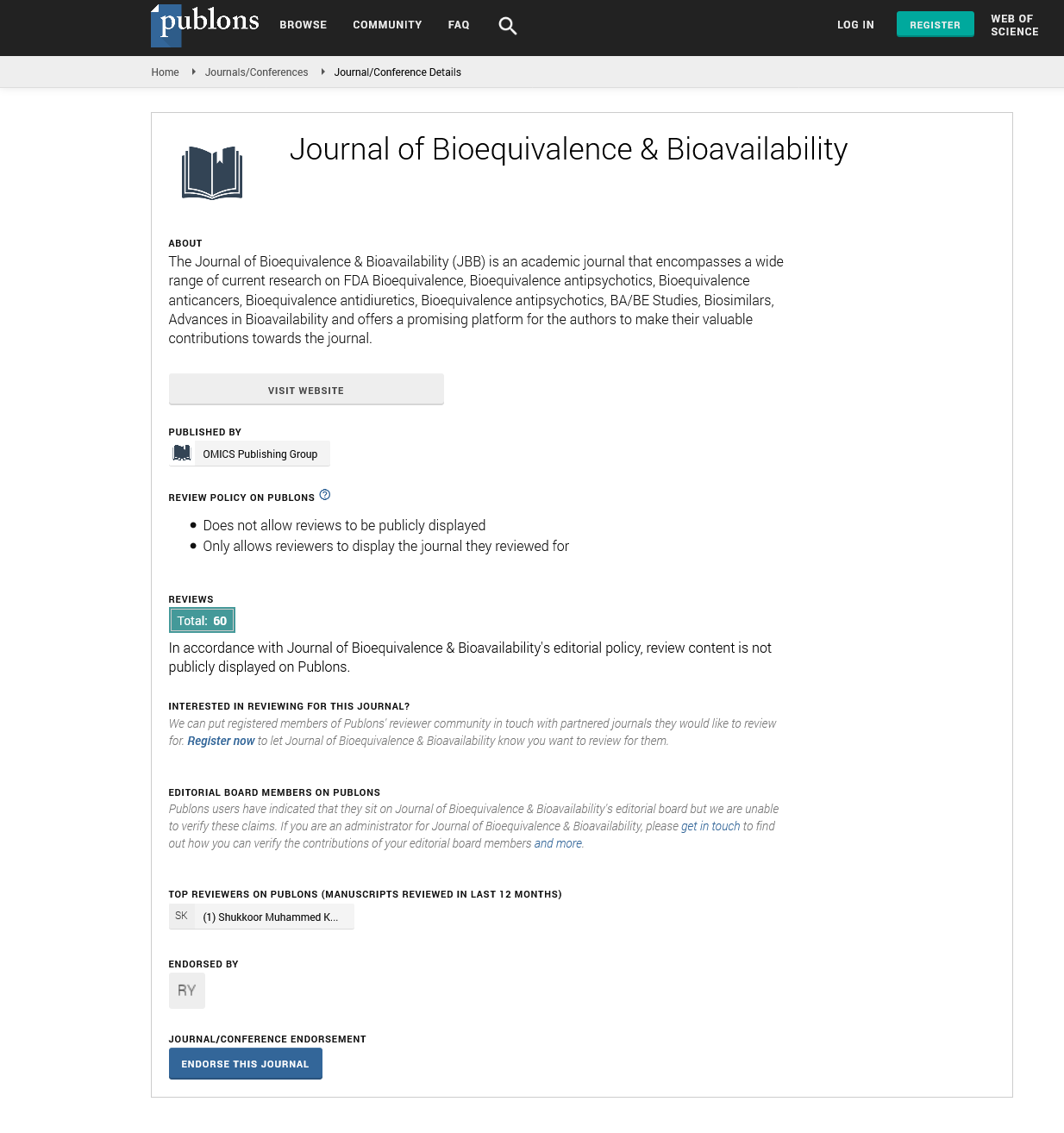PMC/PubMed Indexed Articles
Indexed In
- Academic Journals Database
- Open J Gate
- Genamics JournalSeek
- Academic Keys
- JournalTOCs
- China National Knowledge Infrastructure (CNKI)
- CiteFactor
- Scimago
- Ulrich's Periodicals Directory
- Electronic Journals Library
- RefSeek
- Hamdard University
- EBSCO A-Z
- OCLC- WorldCat
- SWB online catalog
- Virtual Library of Biology (vifabio)
- Publons
- MIAR
- University Grants Commission
- Geneva Foundation for Medical Education and Research
- Euro Pub
- Google Scholar
Useful Links
Share This Page
Journal Flyer

Open Access Journals
- Agri and Aquaculture
- Biochemistry
- Bioinformatics & Systems Biology
- Business & Management
- Chemistry
- Clinical Sciences
- Engineering
- Food & Nutrition
- General Science
- Genetics & Molecular Biology
- Immunology & Microbiology
- Medical Sciences
- Neuroscience & Psychology
- Nursing & Health Care
- Pharmaceutical Sciences
Abstract
Strategies for the Bioequivalence Assessment of Topical Dermatological Dosage Forms
Isadore Kanfer
The assessment of the bioequivalence of topical products not intended for absorption into the systemic circulation has presented a formidable challenge over the years. In particular, dermatological dosage forms such as creams, ointments, lotions and gels, apart from those containing topical corticosteroids, cannot readily be assessed for bioequivalence using “conventional” methodology and the only recourse to-date has been to undertake tedious, time consuming and expensive clinical end-point trials for such products. Although the human skin blanching assay (HSBA), also known as the vasoconstriction assay (VCA) has been successfully used for dermatological products containing topical corticosteroids and the methodology has found formal acceptance by a number of regulatory agencies, e.g. the US FDA amongst others, no surrogate methodology for the bioequivalence assessment of other topical dermatological products such as those containing non- steroidal anti-in fl ammatory drugs, anti-fungals, antibiotics and antivirals has yet found favour with regulatory agencies. Application of the HSBA, Tape Stripping (TS) and Dermal Microdialysis (DMD) for the assessment of bioequivalence is described and the theoretical basis and prognosis for each technique is presente

